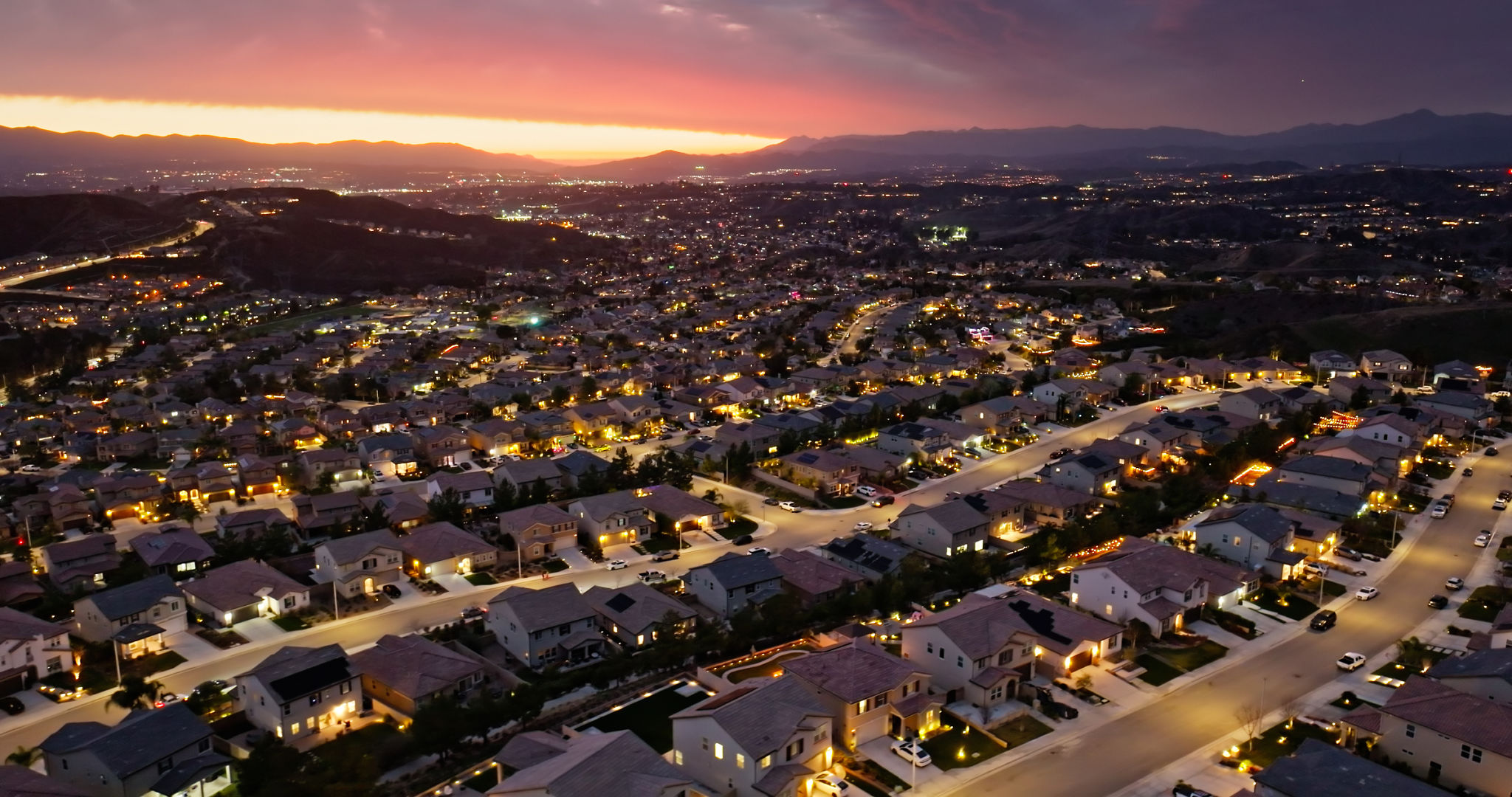Expert Insights: The Future of Solar Farms in Urban Areas
Urban Solar Farms: A Bright Future Ahead
As the global demand for renewable energy solutions continues to rise, urban solar farms are emerging as pivotal players in the quest for cleaner, sustainable power sources. These installations, strategically located within city limits, offer a unique solution to the challenges of energy consumption in densely populated areas.

The Rise of Urban Solar Farms
The concept of solar farms in urban areas is relatively new, but it is rapidly gaining traction. By harnessing the power of the sun, these installations provide a sustainable energy source that reduces reliance on non-renewable resources. The benefits extend beyond environmental advantages; they also offer significant economic incentives.
Urban solar farms are strategically placed on rooftops, parking lots, and unused land within cities. This not only maximizes space efficiency but also ensures that energy is produced close to where it is consumed, reducing transmission losses.
Technological Advances Driving Change
Technological innovations are at the heart of the expansion of urban solar farms. Advances in photovoltaic technology have increased the efficiency and reduced the cost of solar panels, making them more accessible for urban installations. Additionally, innovations in battery storage solutions allow for better energy management, ensuring a stable supply even when sunlight is not available.

Smart grid technology plays a crucial role in integrating urban solar farms into existing city infrastructures. These systems improve energy distribution and help manage demand more effectively, making urban areas more resilient and adaptable.
Challenges Facing Urban Solar Farms
Despite the promising future, urban solar farms face several challenges. The primary hurdle is the availability of space in densely populated areas. Identifying suitable locations for solar arrays can be difficult, given the competing needs for land use in cities.
Another challenge is regulatory and policy hurdles. Cities need to develop clear policies that facilitate the installation and operation of solar farms, including streamlined permitting processes and incentives for developers.

The Economic Impact
Urban solar farms can significantly boost local economies. By generating clean energy locally, cities can reduce their energy costs and create jobs in the renewable energy sector. Furthermore, they can attract green businesses and investments, positioning themselves as leaders in sustainability.
Many cities are already reaping the benefits. For example, cities that have invested in urban solar projects have seen a reduction in carbon emissions and energy costs, providing a model for others to follow.
The Path Forward
The future of urban solar farms looks bright, with increasing interest from both public and private sectors. Collaborations between government bodies, private enterprises, and local communities are essential to drive growth and overcome existing challenges.
As technology continues to advance and awareness grows about the benefits of renewable energy, urban solar farms are likely to become a staple of modern city planning. By embracing this innovative approach, cities can pave the way for a sustainable future.
